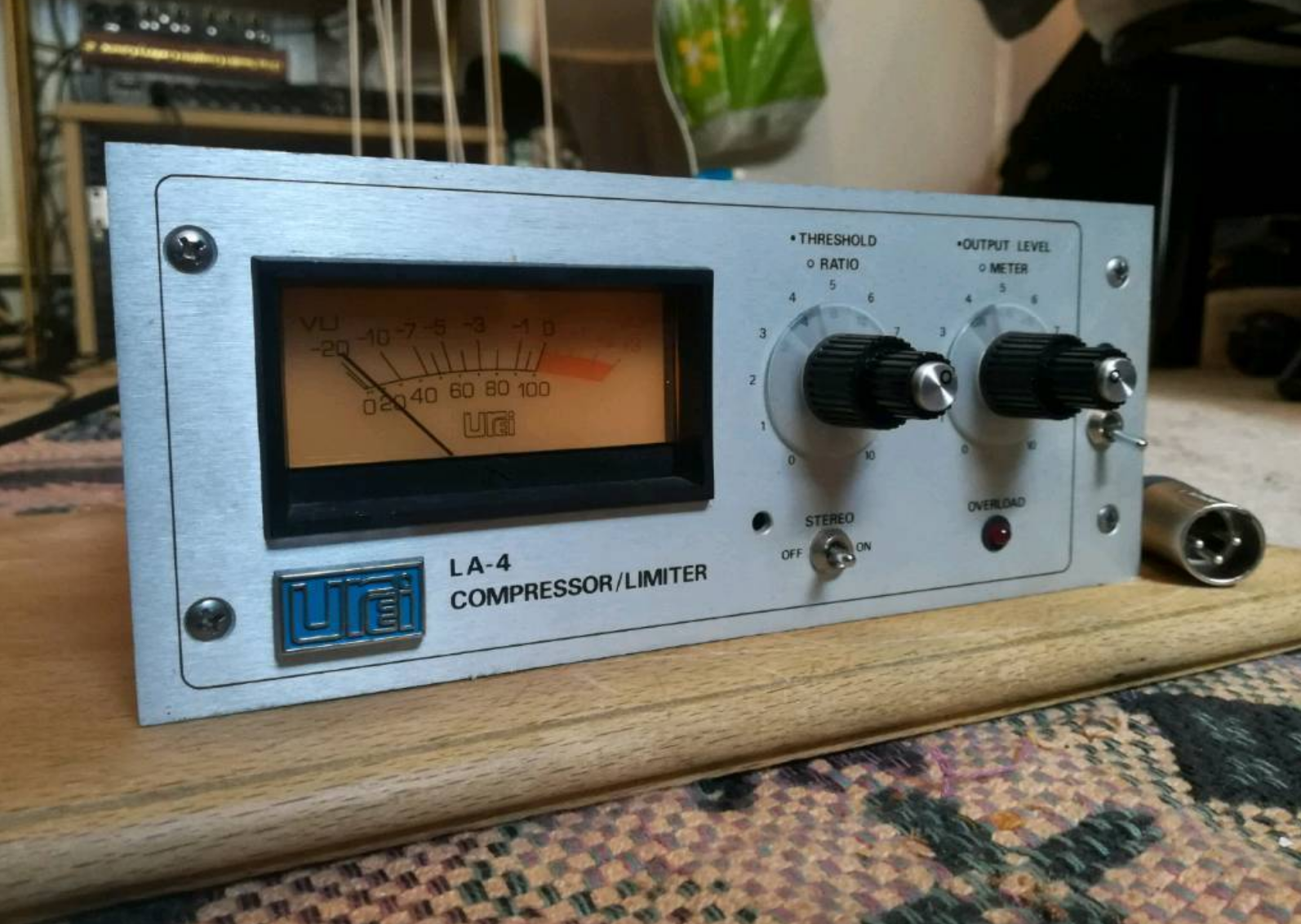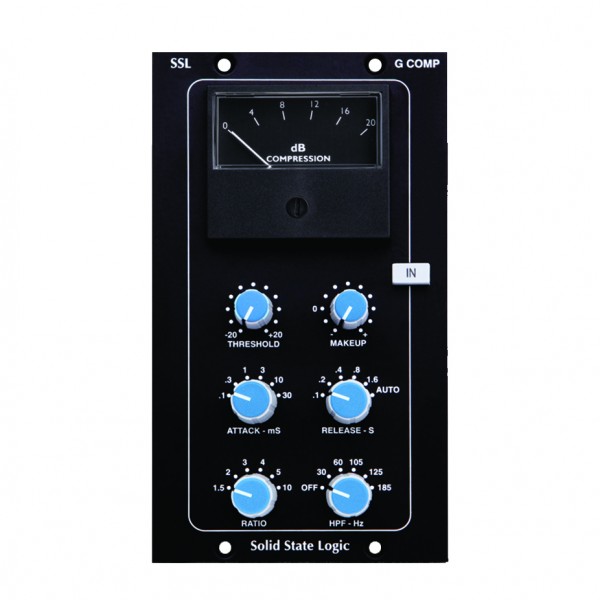Feedback Vs. Feed-Forward Compression: The Differences You Need to Know

The Urei LA-4 is a “feedback” style compressor, much like its predecessor, the LA-2A. Many modern styles of compressors, whether analog or digital, employ a “feed-forward” design.
What’s better, a feed-forward compressor or a feedback compressor?
In order to debate this rarely thought about and rarely understood issue, we need to know how a compressor works to begin with.
In the case of many analog compressors, the component in charge of regulating the level is a simple voltage controlled amplifier or “VCA”.
(More advanced readers will know that some exceptions to this include opto, FET and vari-mu compressors, but for the sake of this discussion, we’ll just look at VCA-based compressors for now.)
Sooooo… what exactly is controlling the level in a compressor? All compressors have a detector circuit (often another VCA itself) which tells the VCA that’s doing the compressing to adjust the level.
This part of the compressor is known as the “side-chain”. This circuit gets its input from one of two places: Ordinarily, a simple split of the audio signal that’s being processed, or sometimes, an external source that you can choose. (Ironically, it’s the latter of these which most people associate with the term “side-chain”).
The ultimate question for us today is where this detector should be placed in this signal flow. If the detector appears before the VCA, then we have a feed-forward system. As you might have guessed, a feedback system would have the detector after the VCA that’s doing the compressing.
Wait a minute. You may be thinking, “The detection is happening after the compression? How does that work?” Well, the electrons are moving fast enough that the compressor still manages to compress the signal without much issue. As a result of this method, most designs will tend to let more transients through before the compression VCA responds. Fortunately, we tend to experience this type of compression as being smoother and more musical.
The main advantage of the feedback style of compression is that the detector spends most of its time reacting to a signal that’s already been compressed, leading to smoother compression and less over-compression.
The disadvantage is that the attack and release times are less precise, and in the digital domain, the fastest possible attack time may be infinitesimally slower than in a feed-forward compressor. If we know this about the basic nature of compressors than we can make a better informed decision as to which tool is best suited for the task at hand.
If we want to really control a signal or place it further back in the mix then we generally want a fast, feed-forward design that can even out the attack, making it closer to the sustain in level, thereby resulting in that track feeling like it’s further back in the mix. However, the problem with the feed-forward design is that the detector cannot “hear” the output of the compressor circuit it controls, potentially leading to erratic behavior and over-compression.
This is where you, “The Engineer”, take control! While feedback compressors can sound pretty good without much fuss, feed-forward compressors must utilize additional circuitry for threshold, attack, and release to further refine the final output.
A well-known example of this kind of design is the dbx 160 series of compressors. Of course, there are plenty of feedback compressors that also include additional controls for these parameters, such as the Urei 1176 (which can be very fast) and Neve 33609 or 2254. But for feed-forward compressors, these controls are not optional if you want a great result.
So many of the earliest opto, tube and FET compressors employed a feedback design, while more modern compressors from the VCA era and beyond have tended to rely on the feed-forward approach. However, one of the most commonly known and often-used VCA compressors is the iconic SSL bus compressor, which is actually based on a feedback-style approach. The number of records whose sound was shaped by this unit cannot be overstated.
This design, inspired by the BBC “State Broadcast” compressor, uses two VCAs—one for compression, followed by detection. The detection circuit is similar to the lesser-known Urei LA-4 in some regards, which also put its control over attack and release at the end of the detection circuit. It should be unsurprising that it is often considered one of the most “musical” VCA compressors out there.
The SSL bus compressor is designed so that faster attack release times will deliver smaller amounts of reduction while slower settings provide lots more, making for more even gain reduction as you cycle through the attack settings.
The interesting thing about the SSL bus compressor is that even at a high ratio of 10:1, the mix still is punchy, yet breathes. A major reason for this is that the design also varies the compression knee according to the set ratio. (More about that some other day.) The addition of a hi-pass filter on the sensor for the 500 series version allows even more control over the response.
Many sophisticated modern compressors offer the option of either type of design in one box. Examples of this include the API 2500 and the Neve Portico ll Master Buss Compressors. You will also find this in many plug-in designs as well. Switching between settings is a great way to train your ears to hear these kinds of differences and start using them to better suit the track at hand!
Special thanks to Chris Jenkins and Don Wershba of SSL for the help and guidance with this piece.
Rick Slater is a freelance audio professional, writer, and educator in the NYC Metropolitan area. You can reach him at http://www.audiobyrickslater.com
Please note: When you buy products through links on this page, we may earn an affiliate commission.







